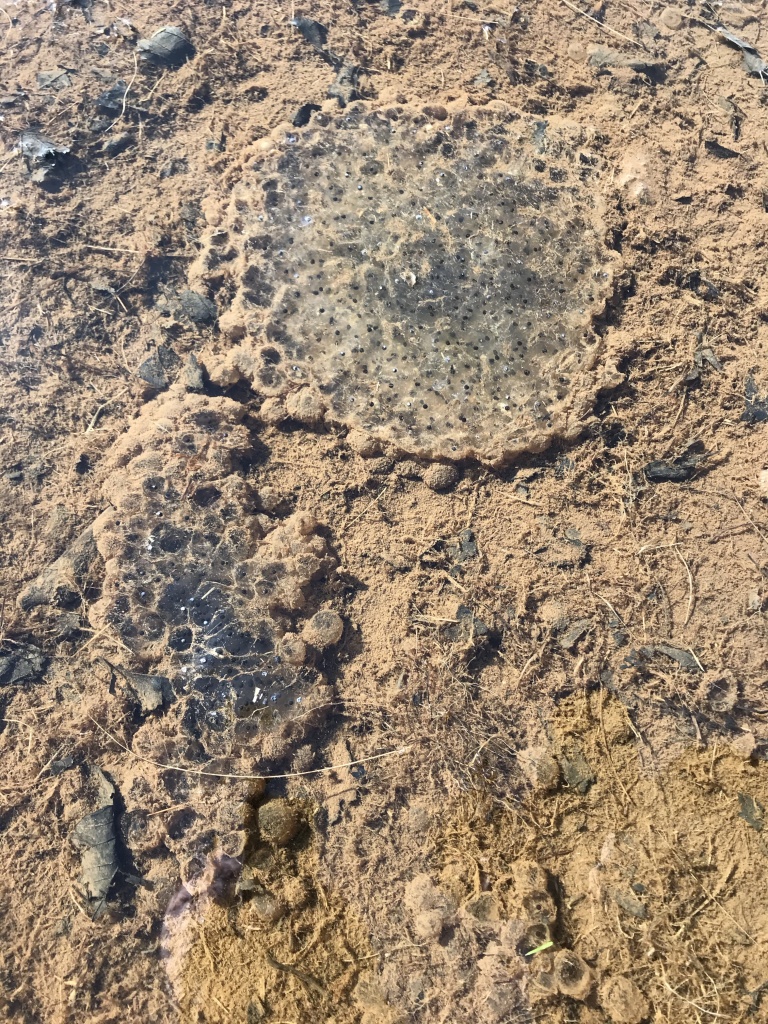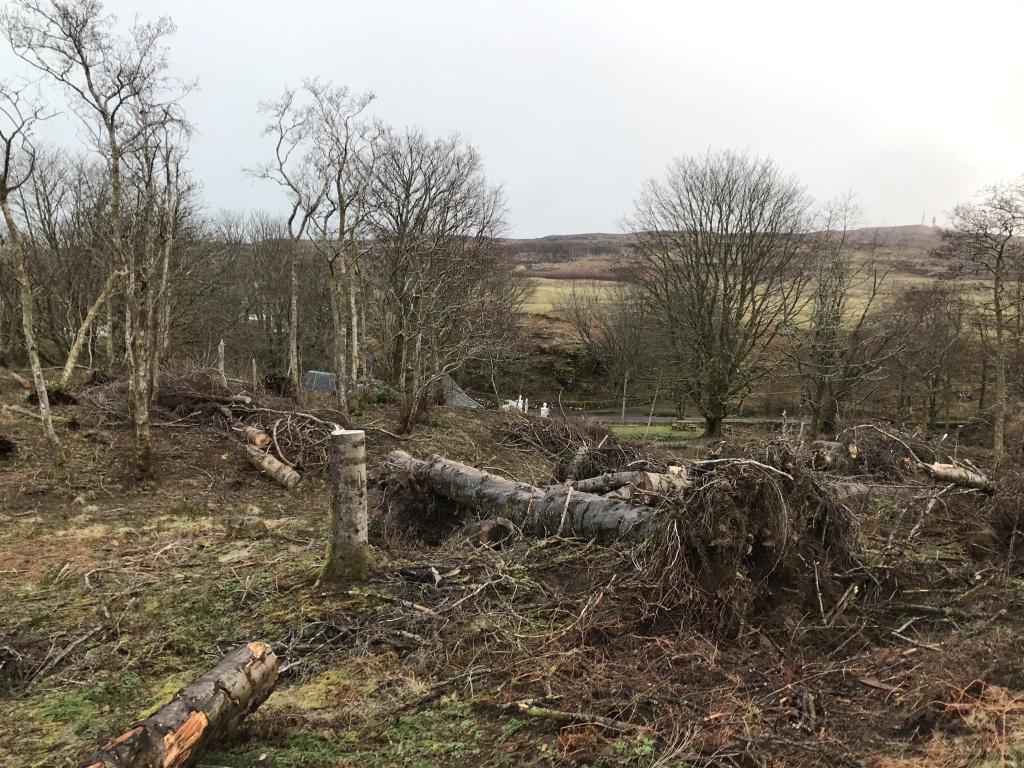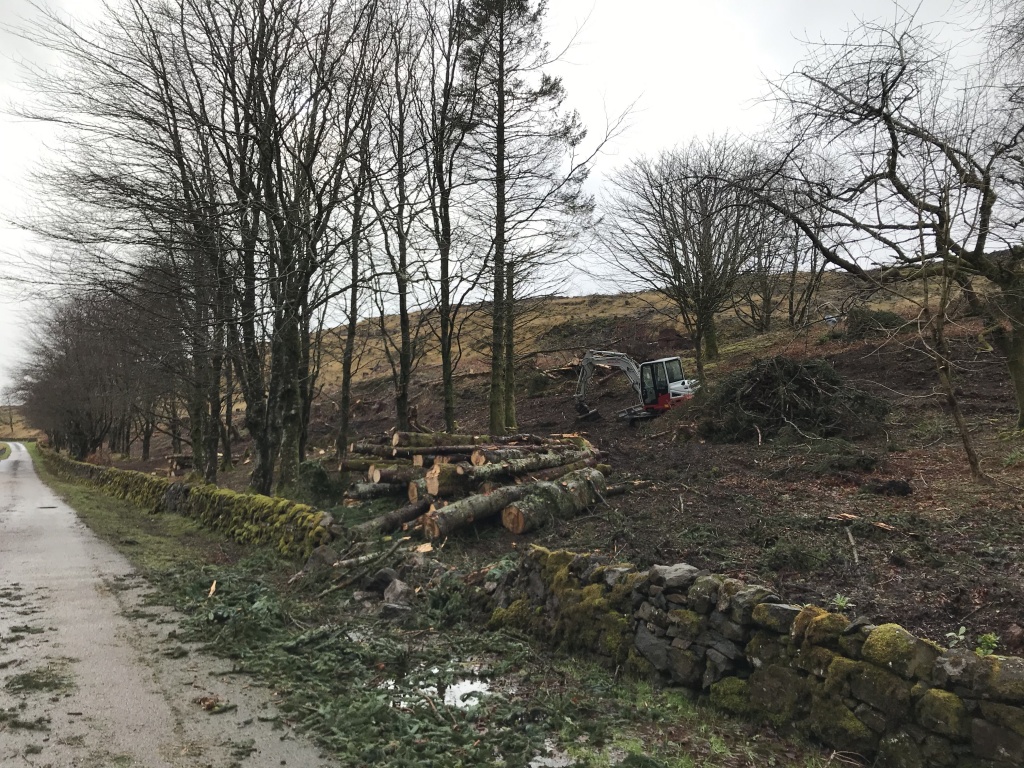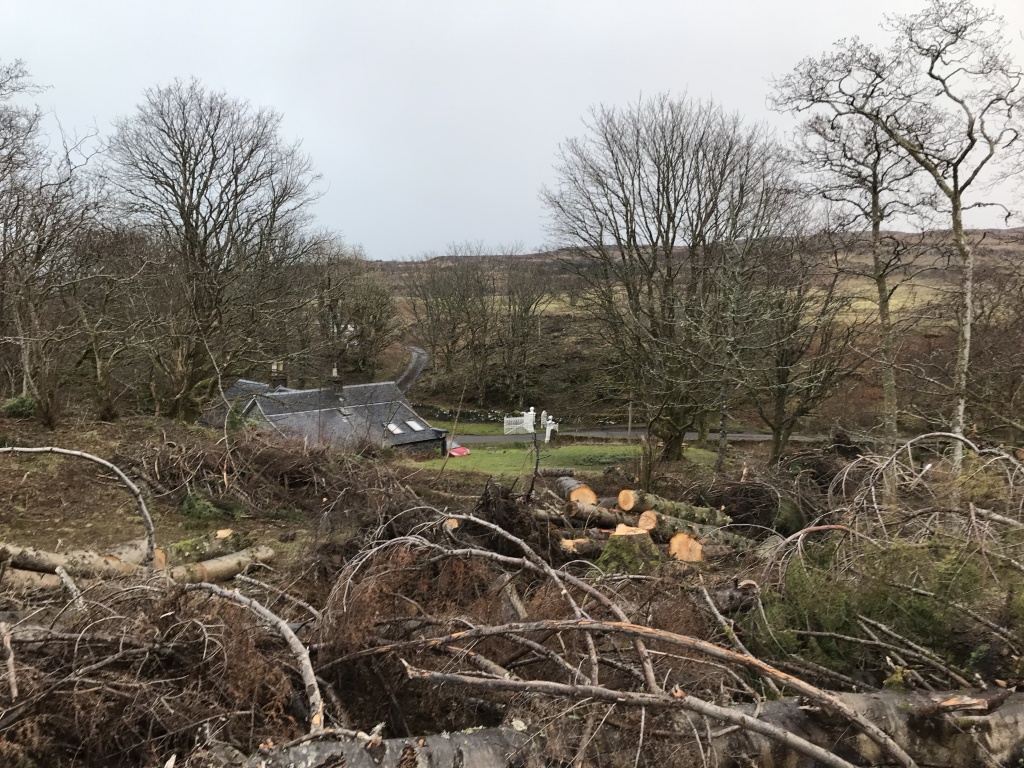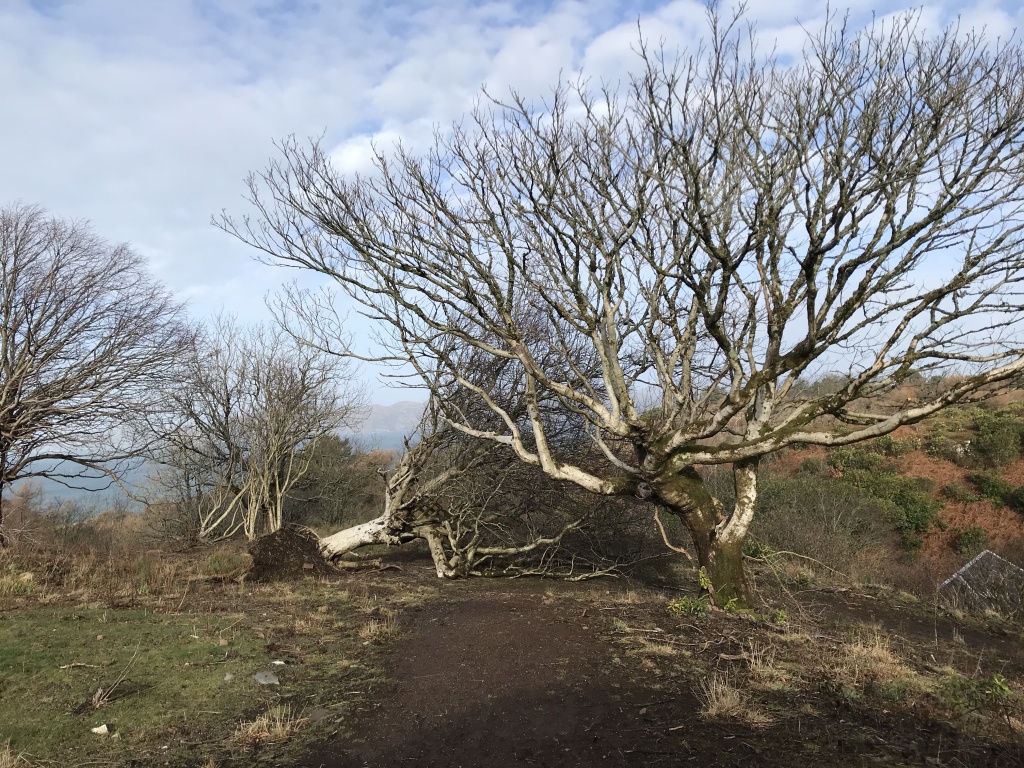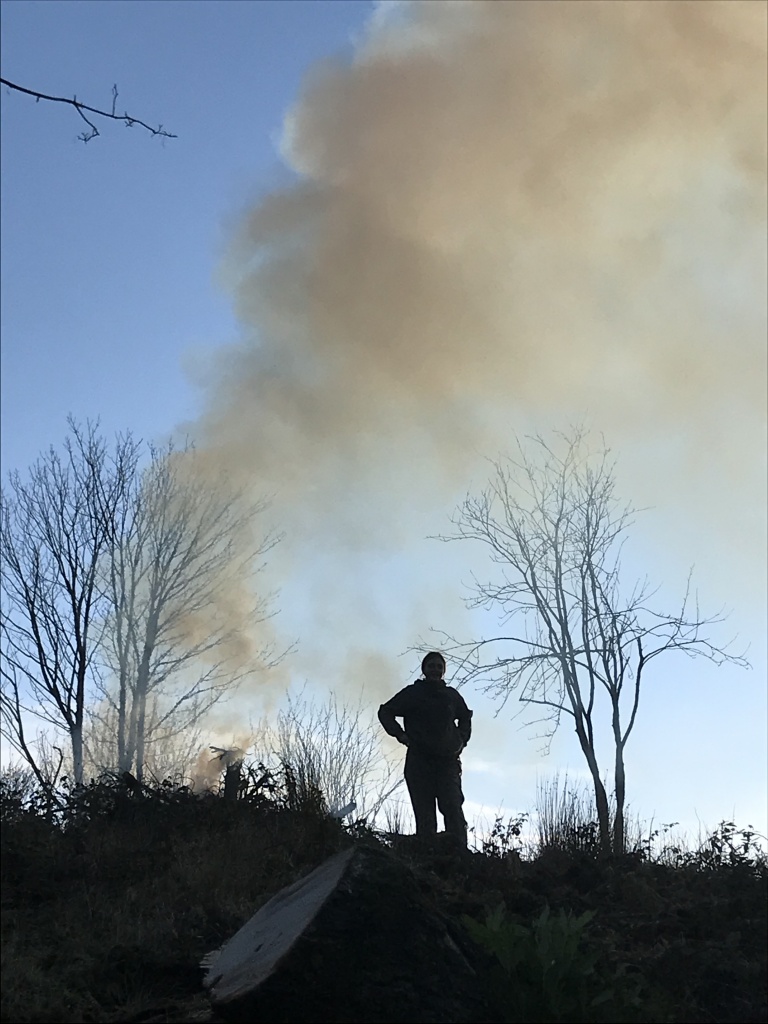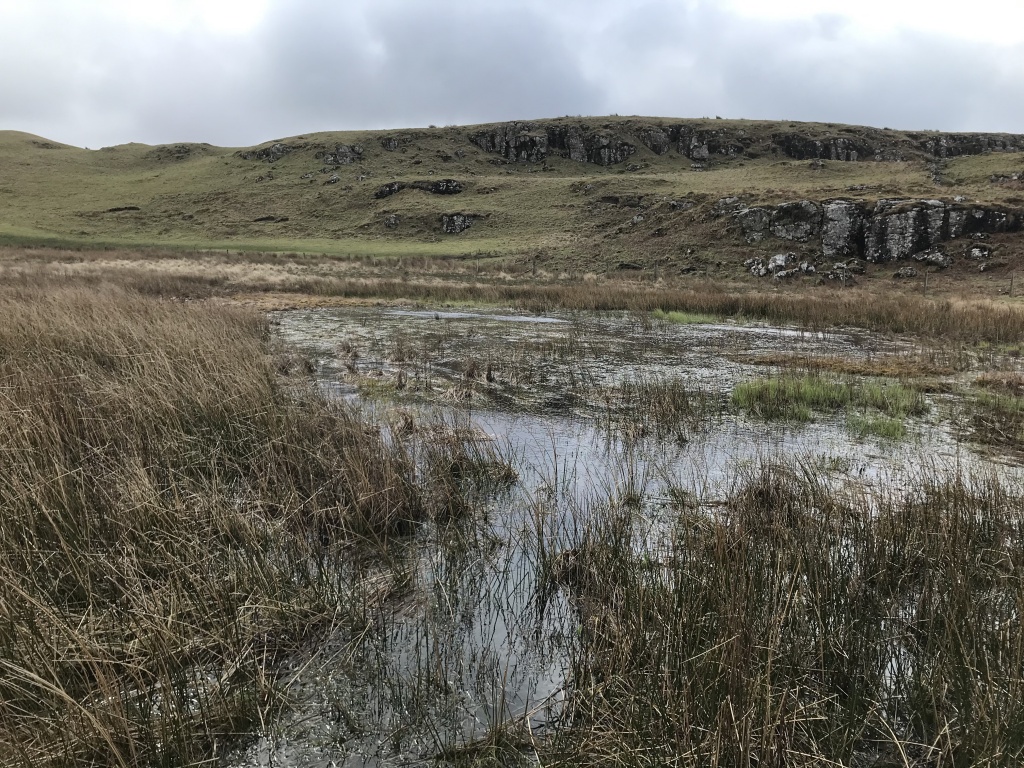
Our land management at Glengorm includes several areas of set aside, which totals about 300 acres. Set aside is areas of land which are fenced off from farmed animals in order to encourage natural growth and habitats. We have been assisted with subsidies and grants to help do this but the real motivation for this is for conservation and biodiversity, and to encourage a natural habitat to attract native wildlife.
Out today on a blustery walk to the sea, we went through one which is set aside as a wetland. The area as suggested is very wet and boggy and is carpeted in rushes. At this time of the year it doesn’t look up to much but in the spring and summer its rich vegetation attracts a myriad of insects and birds. At the moment it is home to what seems to be an abundance of frog spawn.
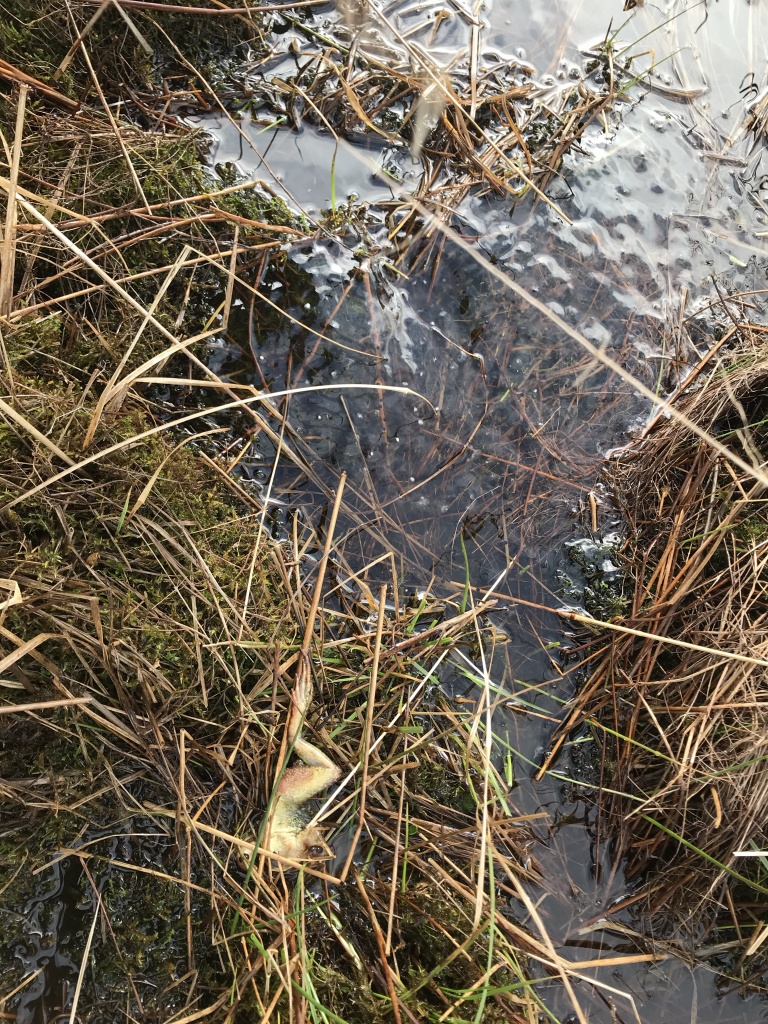
It seems this year that there is much more spawn about then previous years. This may be helped by all the wet weather and rain we have been having this year, today has been the 4th dry day of the year!
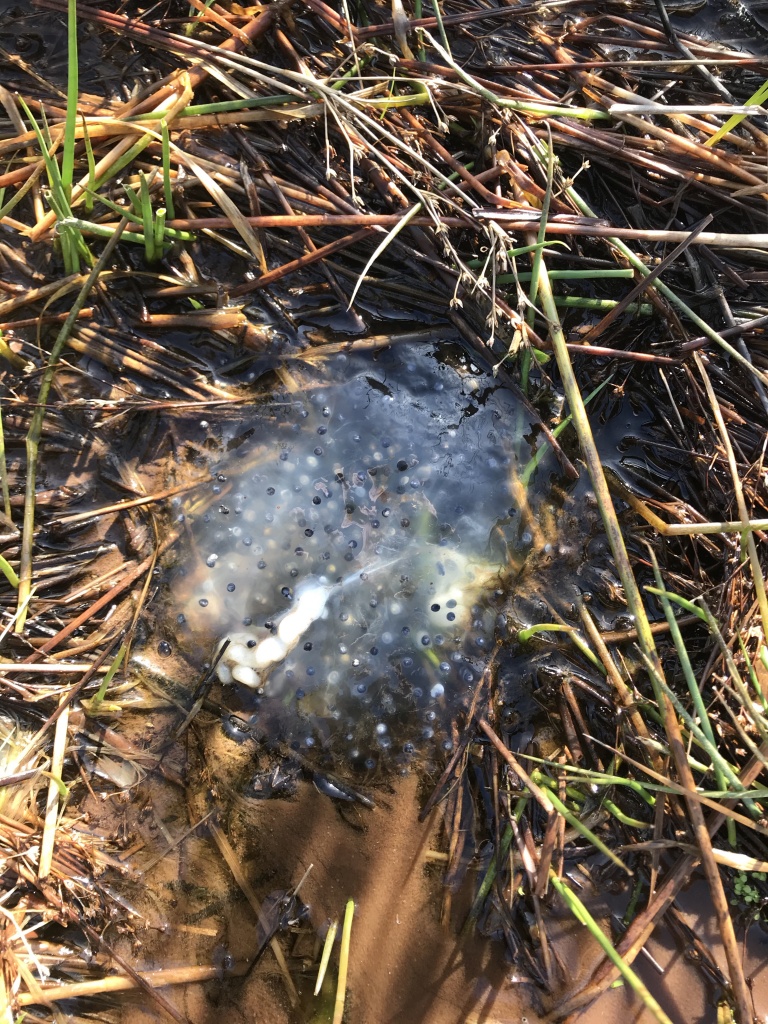
Other set aside areas have been created for scrub and vegetation, coastal sea flowers, mosaic habitat, ground nesting birds and wader grazing.
On the estate we also have SSSI, this is a site of special scientific interest. This is the volcano, ‘Sairde Beinn, it is an area of conservation due to its geological interest.
Conservation to us at Glengorm is very important, encouraging biodiversity and native species, and the growth of ecosystems. Our Wildlife Project was set up to help us achieve this and to help make the wildlife here available to all.
All our set asides compliments our farming here at Glengorm. Our highland cattle and blackface sheep are as native as farmed animals can get and live outside year round and enjoy the hilly landscape here. They are allowed access to some of the set aside areas in the winter season as this in turn encourages the cycle of life which thrives there.
